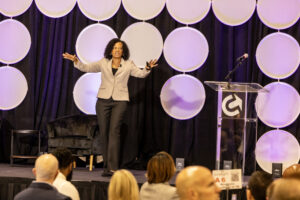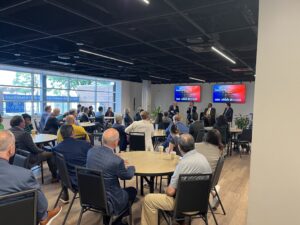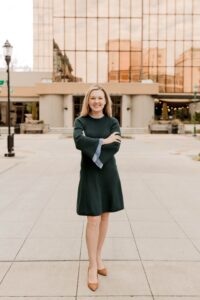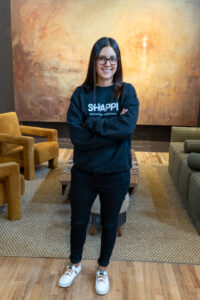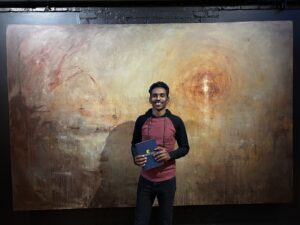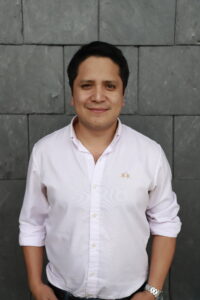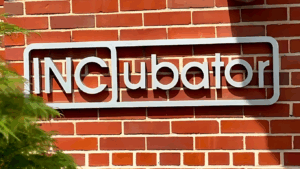Sitting high on the banks of the Tennessee River, the Hunter Museum of American Art serves as one of Chattanooga’s most iconic landmarks. For decades, the Hunter has worked to preserve and showcase American art by collecting exceptional works that both honor artistic movements and reimagine how art can change the world.
This year, the Hunter celebrates its 70th anniversary with a yearlong focus on collecting — showcasing works acquired throughout the museum’s history as well as collections from other institutions and private collectors.
To help commemorate this occasion, Trend sat down with Virginia Anne Sharber, executive director of the Hunter Museum, to learn more about what this milestone means for the museum and Chattanooga.
Trend: How does it feel to have reached such an important milestone?
Sharber: It’s incredible to think about the Hunter Museum having been a part of Chattanooga for 70 years. As our staff sat down to consider how we wanted to celebrate the anniversary, we couldn’t help but look back at how the museum’s history is interwoven with that of so many other institutions in our community. The connections that exist or existed between the Benwood Foundation, Coca-Cola Bottling, and American National Bank – where George Hunter served on the board of directors – are remarkable. Reflecting on those connections helps us understand how much community support the Hunter had at its founding and still enjoys today…and, of course, to acknowledge how grateful we are for that support.
Trend: What makes Chattanooga a great place for the arts?
Sharber: Chattanooga is a city of people who love and appreciate art and, fortunately, a city that is the home of many wonderful artists. It has been really interesting to see the expansion of the local arts community over the years. We are very fortunate to have a first-class symphony, chamber music series and other musicians in town, as well as great theatre, ballet, and visual arts organizations. I often encounter Chattanooga newcomers who are delighted to find such a strong arts community here.
Trend: What does an institution like the Hunter Museum say about the quality of life in Chattanooga and who we are as a city?
Sharber: First-time visitors to the Hunter are often pleasantly surprised to find such a strong and vibrant art museum. We are not a large museum, but the quality and depth of our collection is remarkable. When businesses are considering relocating to Chattanooga, they want to make sure that their employees will enjoy an exceptional quality of life here. The Hunter helps entice the recruitment of those businesses; the arts are a very important part of creating that culture.
Trend: The Hunter is celebrating its 70th anniversary with a yearlong focus on collecting. What inspired this theme?
Sharber: The theme is the brainchild of our Chief Curator, Nandini Makrandi. She wanted to celebrate what the institution is and how it’s grown and changed. When the Hunter Art Gallery opened in 1952, there was no collection. Through the support of a very generous community, we began acquiring works of art. After years of slowly and deliberately increasing our collection to almost 3,000 works of art, we now can pull together a high caliber temporary exhibition like “Beyond the Frame,” showcasing our permanent collection without having to remove significant artworks that are already on view in other parts of the museum. That’s a real achievement!
Trend: What are some of the Hunter’s initiatives to engage our community and get visitors interested in art?
Sharber: Art can be very intimidating. It has a reputation of being highbrow and exclusive. We work very hard to communicate that the museum serves people of every background. We start by conducting programs for children from all the regional schools. The children tour the museum, view the artwork and engage in conversations about the artists and what they are depicting. We often ask questions instead of “telling” young people what they should be seeing. They really blossom with that approach. We build on that engagement through hands-on events and activities tailored to families. We also bring in other artists – poets, musicians and dancers – to allow audiences additional opportunities to think about the visual arts and build on the themes and topics addressed in paintings or photographs. And, of course, we have more traditional programs for art lovers, like workshops, art classes and artist talks.
As we develop programs, we look at audiences that are not well represented in our visitorship and invite members of those audiences to help us design programs that will appeal to and engage them. For instance, we convened an African American audience development committee who created and are building our popular Black Professionals at the Hunter program. We’ve also had audience development task forces plan programs around specific exhibits, including a Latin American exhibit and an exhibit featuring the work of a Moroccan American artist. Finally, we are getting outside the walls of the museum conducting after-school programs and activities in community centers. We are fortunate to have very strong community partners, including local visual and performing artists, who collaborate with the museum on community engagement programs – which happen both at the museum and in neighborhoods across the city.
Trend: What gets you excited about the future of the Hunter Museum? Is there anything else you’d like to share with our readers?
Sharber: There’s so much to be excited about for the future of the museum. As the “Beyond the Frame” exhibition shows, the Hunter’s permanent collection has grown over the years to more broadly represent the wide variety of lived experiences in the United States. So many different American voices are now represented at the Hunter, and with the intentional work we’re doing to welcome and engage people of every background, it’s gratifying that our audiences are beginning to better reflect the diversity of our city. And during the past couple of years, so many community members have turned to the museum to help them process the many challenges we have been facing. People have commented that the Hunter has been a wonderful resource during this time, amplifying important voices and messages and generating positivity and hope. To be a part of this long-serving organization that is a resource for so many Chattanoogans is very rewarding, and I hope we can continue providing that to people for another 70 years.
The Hunter kicks off its yearlong celebration with “Beyond the Frame: Celebrating 70 Years of Collecting,” an exhibition that spans a wide range of the museum’s American art collection from the 1700s to the present. “Beyond the Frame” opens to the public on January 28, with a member opening on the evening of January 27.
In May, the Hunter turns its focus to fantasy illustration with a collection organized by the Norman Rockwell Museum in Stockbridge, Massachusetts. This exhibit, titled “Enchanted: A History of Fantasy Illustration,” brings fairytales, myths and legends to life with nearly 100 artworks depicting characters and scenes from the realm of fantasy.
Then, to wrap of the yearlong focus on collecting, the Hunter is presenting works from the private collection of Kerry and Betty Davis. Set to debut this fall, “Memories & Inspiration: The Kerry and C. Betty Davis Collection of African American Art” features astonishing works of art from Black artists including Romare Bearden, Elizabeth Catlett, Sam Gilliam, Loïs Mailou Jones, Jacob Lawrence, Gordon Parks and Alma Thomas.
Learn more about the Hunter Museum by visiting their website, here.
Plan your visit, here.
Main image of the Hunter at sunset courtesy of the Hunter Museum of American Art and Mark S. Wurst Photography.
Artwork images courtesy of the Hunter Museum of American Art:
First, Loïs Mailou Jones (1905-1998), “Damballah,” 1980, acrylic on canvas. Second, Radcliffe Bailey (b. 1968), “In The Returnal,” 2007, photograph, acrylic, plant material, wax, Georgia red clay, glitter, oil stick on wood, found objects.
